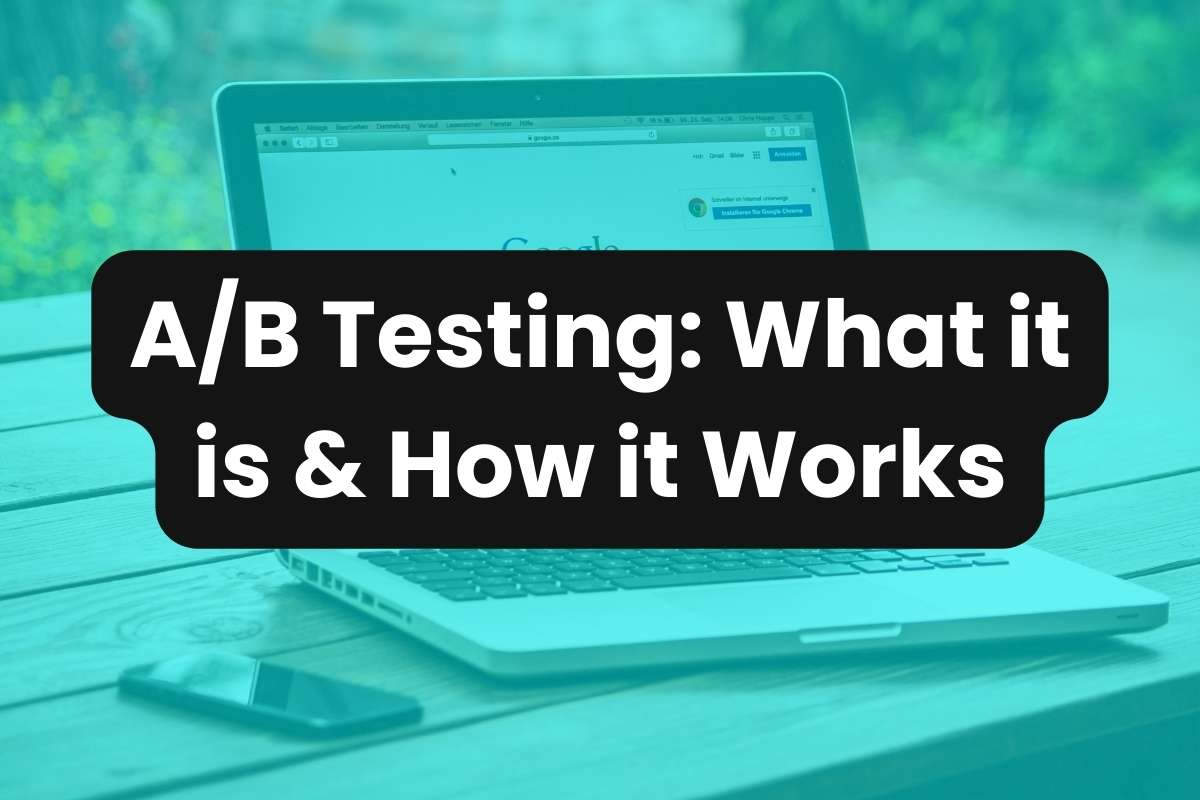Understanding and optimizing user engagement in your marketing efforts is paramount. This is where A/B testing, or split testing, shines as a useful tool. Let’s take a look at A/B testing, how it works, and how it can benefit digital marketers in any industry.
What is A/B Testing?
A/B testing, also known as split testing, is a methodological approach used to compare two versions of a web element (Version A and Version B) to determine which one performs better in engaging users and driving conversions.
It’s a powerful technique that involves showing two variants of the same web page, ad, email, or link to different segments of users at the same time to see which version is more effective.
How Does A/B Testing Work?
The process of A/B testing is systematic and data-driven. It begins with identifying a goal, such as increasing website traffic or enhancing the effectiveness of a marketing campaign.
Once the objective is clear, two versions of an element are created: the control version (A) and the variation (B).
These versions are then exposed to similar audiences simultaneously, and the performance of each is monitored using metrics relevant to the goal, like click rates, conversion rates, or time spent on a page.
By isolating one variable and comparing its performance across two versions, it eliminates guesswork and allows for data-backed decisions.
This approach not only improves the user experience but also significantly enhances marketing efficiency and effectiveness.
When Is A/B Testing Used?
A/B testing can be applied across a wide range of digital marketing activities and user experience initiatives.
Here are some common scenarios where A/B testing is particularly useful:
- Email Marketing Campaigns: Testing different subject lines or call-to-action (CTA) buttons to improve open and click-through rates.
- Affiliate Marketing: Testing multiple affiliate offers to see which converts better in a blog post.
- Web Page Optimization: Comparing two layouts or content strategies to see which engages users more effectively.
- Ad Placement and Content: Determining the most effective positioning and content for ads to maximize conversion rates.
- Product Development: Gauging user response to new features or changes to an existing product’s interface.
A/B testing is especially beneficial for optimizing the performance of short links, a crucial element in the arsenal of digital marketers and content creators.
How to Create an A/B Testing Link
Sniply makes it easy to create A/B testing links. Here’s how:
- Open your Sniply dashboard and go to the link shortening tool.
- In the options menu, click ‘Customize‘ then click ‘A/B Testing‘.
- Enter your variable URLs in the available fields.
- Enter the percentages for how traffic should be shared across the URLs.
- Click ‘Shorten‘ to generate the A/B testing link.
Try A/B Testing on Sniply
A/B testing links with a tool like Sniply allows for precision and agility in digital marketing strategies. Sign up for a free trial today and see how our powerful link testing features can benefit your brand or business.


